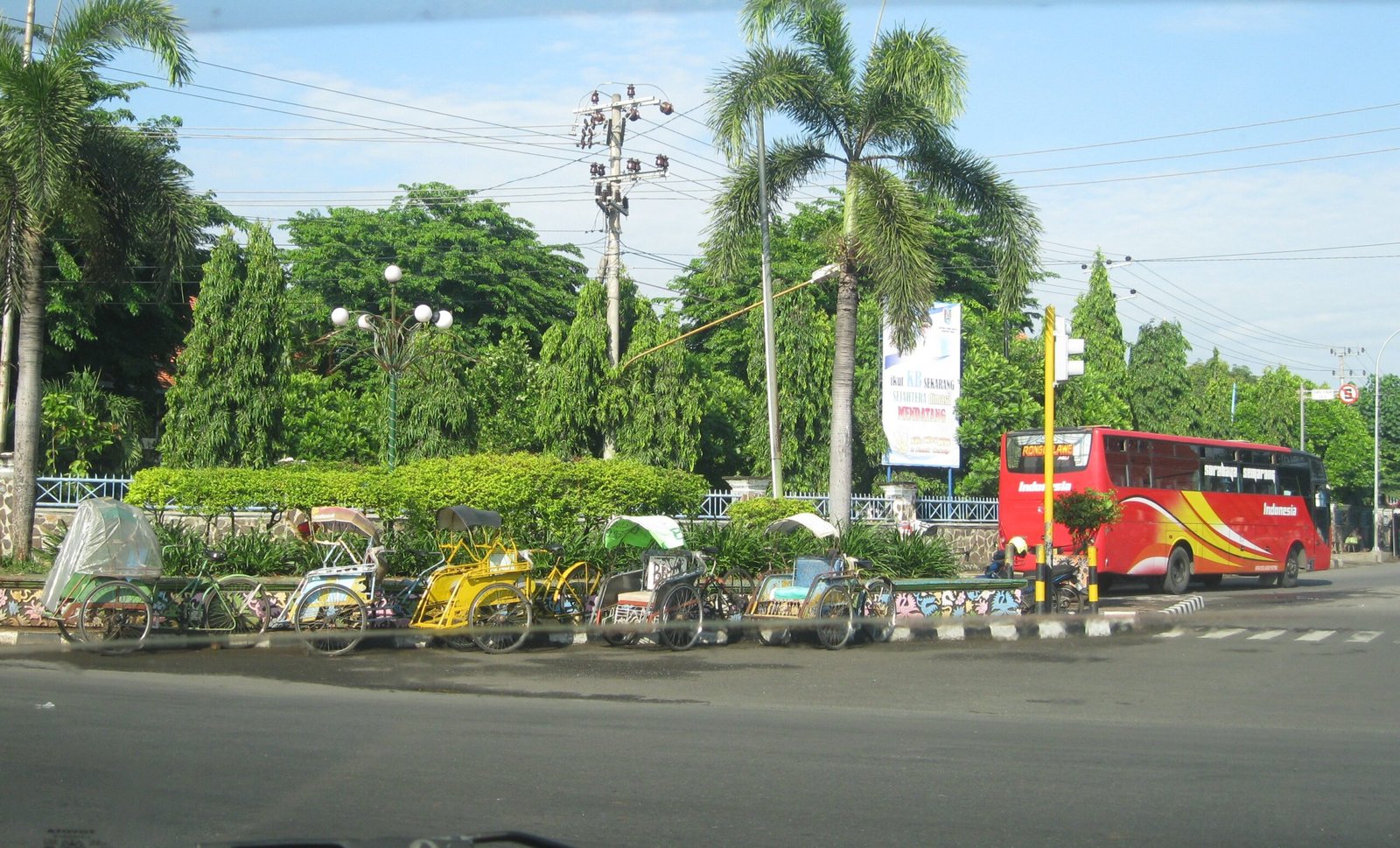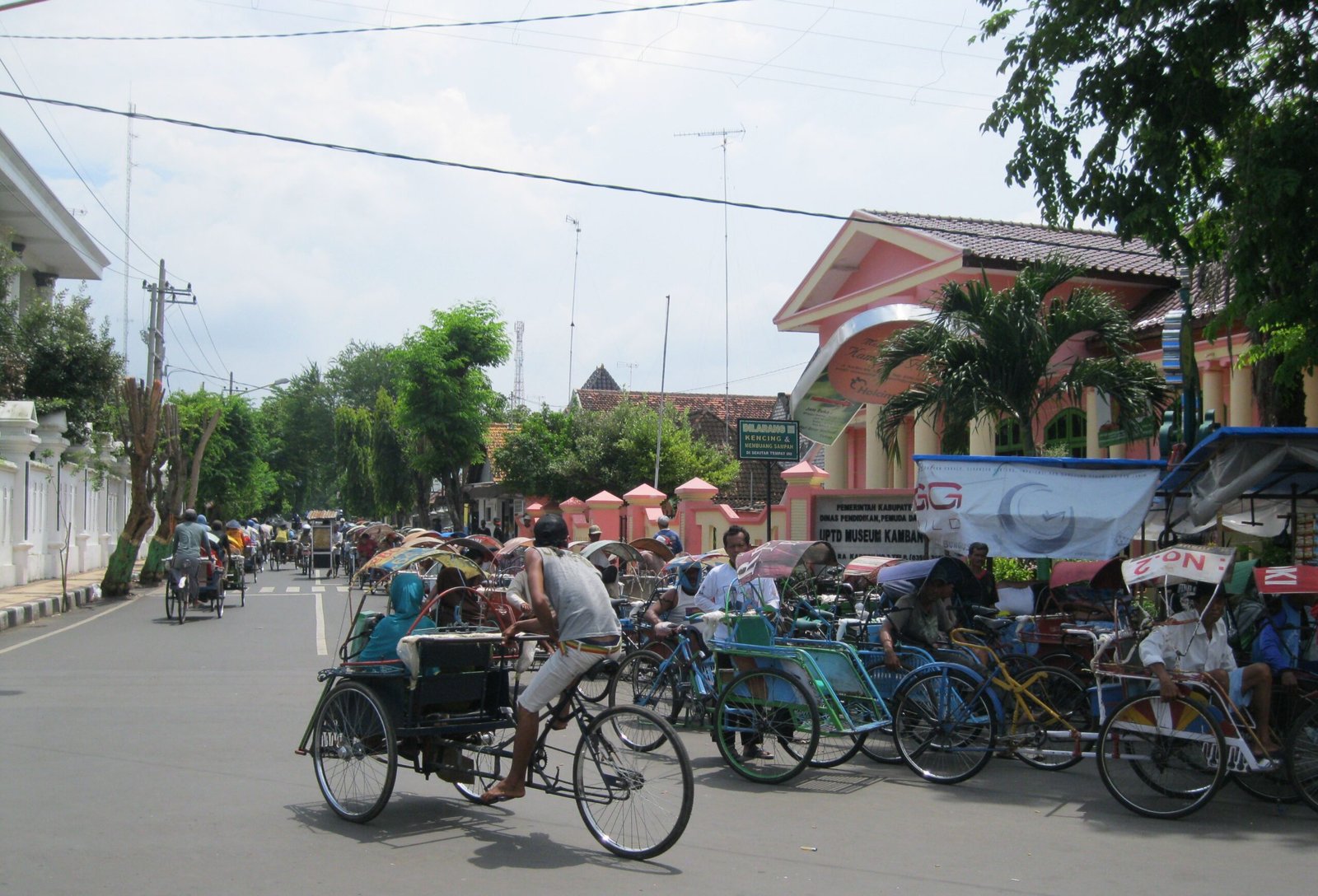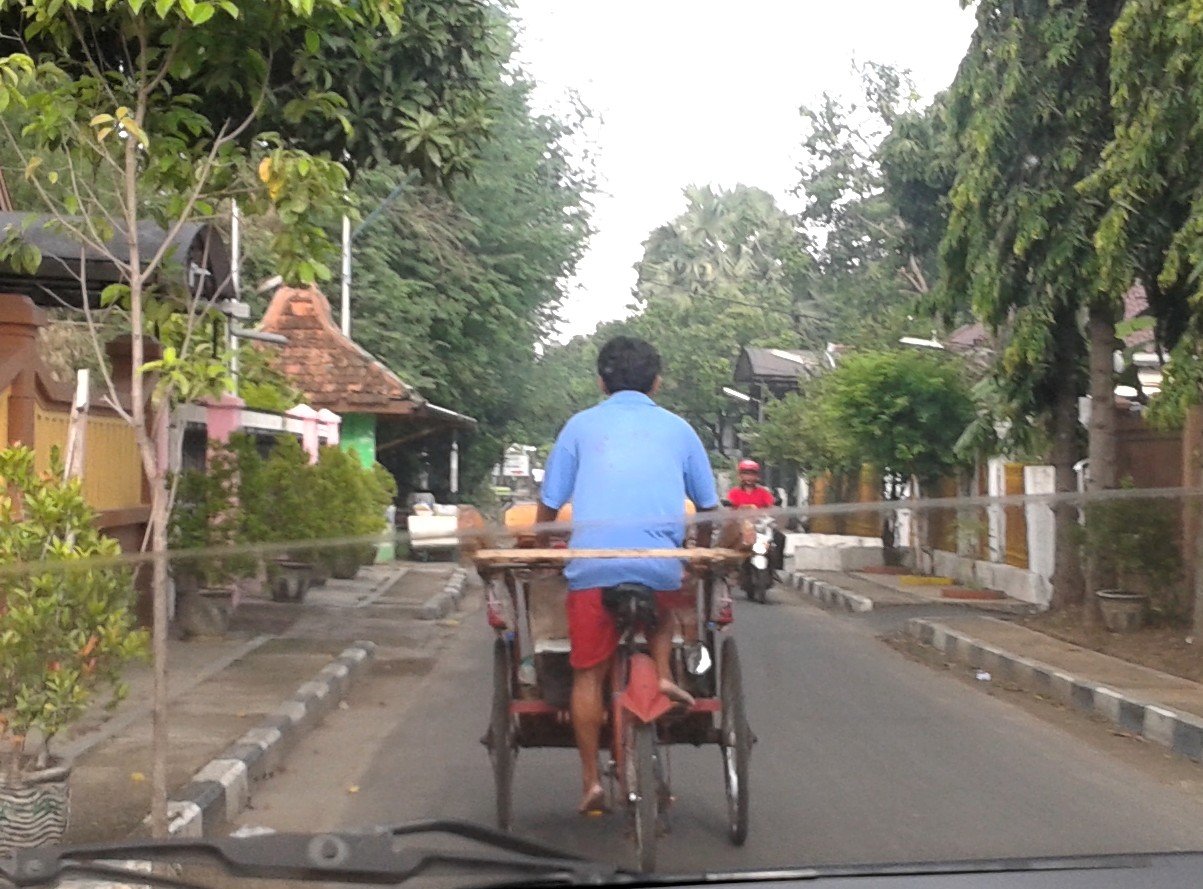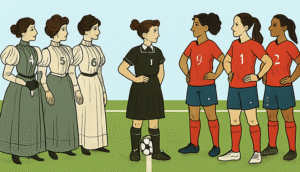( Written by my colleague writer )
Last summer I had the pleasure of walking along the riverside in Cologne. It is a very popular place crowded by tourists and locals. This wonderful city offers many options for exploring its endless places of interest. You can walk or take a one-hour boat trip, board a tour coach, take a taxi, or rent a bike or scooter. But the most exciting way of traveling in Cologne is a rickshaw guided tour. Various rickshaws are driven by pedaling or equipped with an electric motor. All these eco-friendly vehicles look great. Modern, clean, and very comfortable, including online booking and individual deals. Cities like Cologne have become notable examples of how rickshaws can be integrated into contemporary urban life. In Cologne, rickshaws are a familiar sight, especially in tourist areas. These man-pedalled vehicles, the rikshaw or “cyclos,” made a fantastic comeback to European cities. First invented in France in 1936 by Pierre Morice Coupeaud, they were later widely introduced into colonial-era Indochina. The inventor of “cyclos” promoted them in Vietnam. By 1940, they had become a popular means of transportation, first in the big cities like Saigon and Hanoi and then across the country. My first acquaintance with this kind of taxi also happened in Vietnam many years ago, in December 1996.
December,1996, Haiphong, Vietnam.
I saw them as soon as I left the hotel. The rickshaw drivers gathered at the entrance, waiting for the first clients of the day. It was mid-December, and despite the early hours, the air was hot and humid. The drivers were seated in their carriages, smiling. But one of them had already gotten to his feet. Apparently, he was the first to provide a service. He was serious and determined. He waved his hand in my direction.
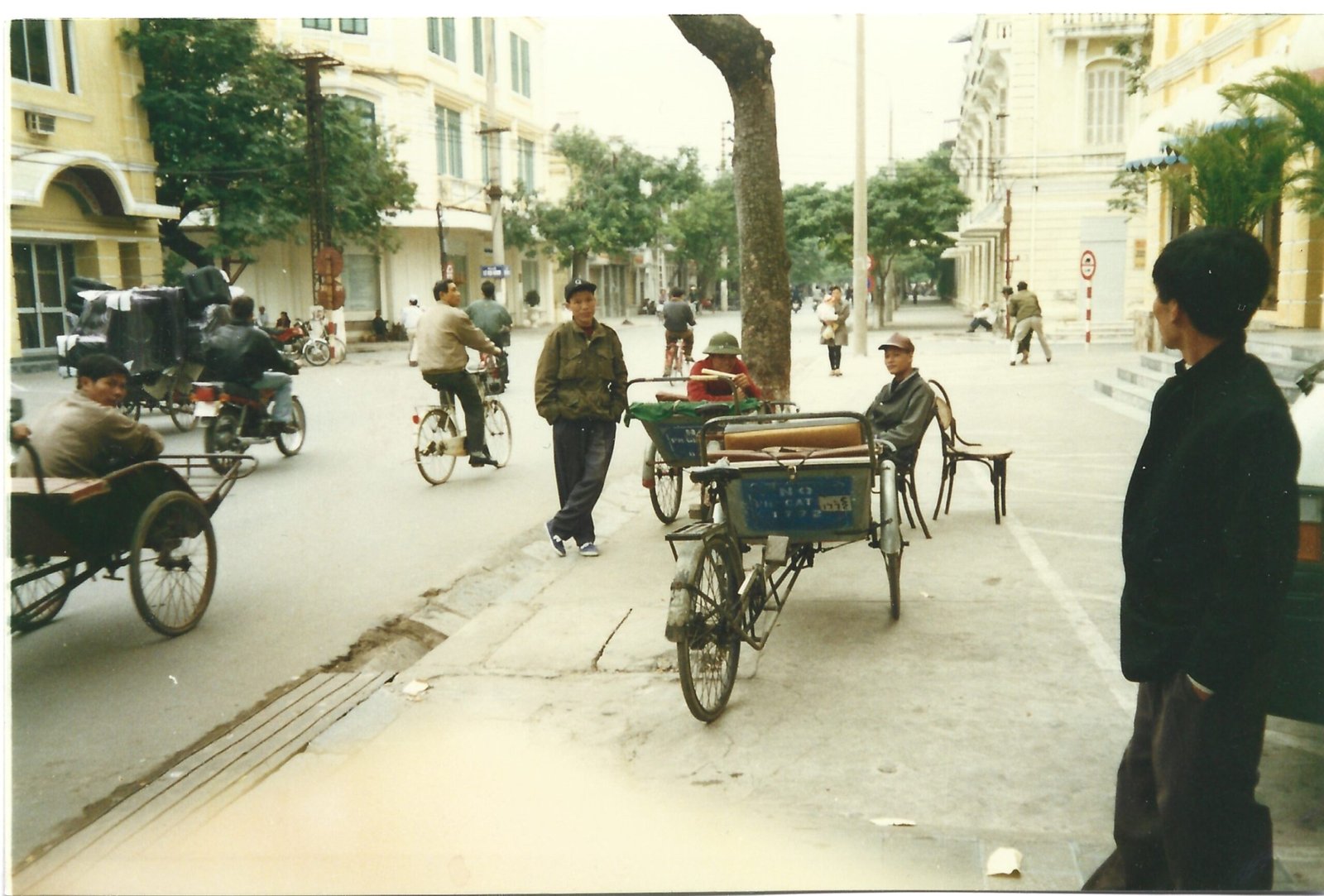
“Hello Mister. Where you go?”
“Good morning, everybody!” I greeted all of them, avoiding an answer about my destination.
It was my first night in the hotel. I still had enough time to get to the ferry station, so I walked, ignoring the rikshaw.
I started down the street along the narrow walkway. The driver followed me on the street. He kept my pace, pedaling slowly.
“Mister, please taxi. It is very cheap, one dollar. Where you go?”
“Oh, thank you. The ferry station is not far away. I want to walk there,” I answered and continued.
But the driver had no intention of missing his first client. He kept on driving slowly alongside the walkway and repeated his offer.
“Mister, please take a taxi. Cheap, only one dollar. Where you go?”
“The ferry station. I prefer walking.”
” No, Mister,” he protested. “It is too long way. Please taxi. Cheap, one dollar.”
I ignored him. His taxi seemed strange and didn’t attract me.
It was getting hotter. The air was humid, and the pavement was uneven, with frequent potholes. I kept on walking, and the rickshaw driver kept on following me. He appeared to be as persuasive as most taxi drivers worldwide.
“Mister, please taxi, cheap. One dollar. Long way…” he repeated.
Finally, I gave up. Let’s take a chance.
“Well, let’s take a ride.”
I climbed into the passenger seat in front of the vehicle. Without experience, you don’t know what to wait for.
The driver started vigorously pedaling, and in the next minutes, we were dashing through narrow alleys and roadside markets and miraculously avoiding collisions with the padastraints, bikes, and other vehicles. Soon, I felt a rush of adrenaline. I found his driving reckless and dangerous, first of all for a passenger. The passenger in such a taxi is the first to crash into any obstacle. The driver was behind and had more chances to survive.

I asked him not to rush like hell, but he ignored my remark.
Soon, we reached the first road crossing. Looking back, I still can’t understand Vietnamese road rules, especially regarding the crossing. It was a chaotic traffic environment. Numerous bikes, scooters, motorbikes, and rikshaws moved to and from all directions, but somehow, the drivers managed to avoid collisions like a flock of birds.
I spotted a big truck approaching the crossing on the right. The rikshaw driver was supposed to yield, but he kept driving and paid no attention to the fast-approaching HINO truck.
“Hey, be careful; there is a truck on the right! Stop now!” I shouted.
“No Mister, no problem. The truck can brake and then drive again. It has an engine. I have no motor, just my feet,” the driver answered quietly and without emotions.
It was the scariest moment of our ride. The rickshaw crossed the intersection without slowing down. The truck deployed brakes and went to a complete halt. Thank God we were out of the crossing and moving down the street. Looking back, I might have just overestimated the danger. Later, I watched many times as the local people passed by seated in the cyclos: young people, old people, and families with children. And I couldn’t see the slightest sign of fear. For the local people, such a ride was part of their daily routine.
The rest of our journey passed without notable events. Finally, we got to the ferry, and I jumped out of the carriage. My driver got one dollar and asked me if I would need a taxi back to the hotel. I just shrugged my shoulders. I had no idea when I would be back, possibly not earlier than 6 pm. I didn’t tell him about my impressions. I just thought to myself, “Never again!” My life is worth more than one dollar.
That trip was my first experience with a cyclo in Haiphong City.
The following day, I was not surprised to see my driver. He was waiting for me. I greeted him with a friendly smile but didn’t board his vehicle. He was ready for this turn. The driver followed me, offering a ride:
“Mister, please take a taxi. It’s cheap, one dollar,” he reminded me as if I could forget such a reasonable price.
“No, thank you. Today, I want to walk. It will be enough time to sit in the office,” I answered.
“No, Mister, please. Cheap taxi. It is a long way to the ferry.”
I didn’t answer; I just smiled and kept on walking.
He quietly followed me occasionally, reminding me about his presence.
“Please taxi, Mister. Cheap, one dollar”.
I pretended not to hear him and followed my route.
Then he changed his tactic:
“Mister, please taxi. Not ferry; I will drive you to the madam”.
It was something new. I turned my head to him.
“Well, Mister. You don’t want the ferry; we will go to madam Vietnam. Beautiful. Cheap, one dollar.”
Now, it was not clear. One dollar for the ride, or was it about madam Vietnam?
“No, thank you. I have no time for such entertainment. I have got to work. I am here on a business trip, not a tourist”.
The driver was not impressed much with my explanation and repeated again and again:
“Mister, madam Vietnam. Beautiful. One dollar, please… Or we go to ferry”.
At this point, we were already halfway to the ferry station. It was a point of no return. The driver made the last attempt to get me to a beautiful Madam Vietnam. But then he stopped and turned in the opposite direction. I stopped for a while, and he turned to me again.
No, I did not intend to take a ride, but I decided he deserved his fare. I handed him one dollar and thanked him, for he entertained me all the way. He waived and told me without anger or irritation, rather friendly.
“Thank you very much. If you need a trip, ask in the lobby. Everybody knows me. My name is Tan.”
“Well, Tan. Agreed. Have you got a family, kids?”
“I have a big family, Mister. Ten children. I have to drive a taxi to get the money.”
I was impressed. Ten children. I wondered how much he earned pedaling all day long.
I met him again on the weekend. On Sunday, I was free and left the hotel later than usual. It was already about 11 am. The driver was already there. But this time, he didn’t hurry to me, offering me a ride. And Tan was not alone. Next to his vehicle were his children. I counted six of them. The youngest was about 5 years old, and the oldest was a teenager, 16 years old. Tan was proud to introduce me to his family. He explained that they got a very profitable order to transport the furniture. The children were here to help.
Only the babies and girls left home with their mother. Tan was very proud to inform me that his oldest son had got his own cyclo, and he hoped that, in time, other boys would follow him.
My colleague Peter arrived in Haiphong from Germany after the New Year, in the first days of January 1997. We had to complete our job on-site together. He asked me about transportation, and I explained all the options to him.
On Monday morning, we left our hotel and found the rikshaws in place, ready to serve. As usual, my friend Tan was the first to offer a ride: “Hello, Mister. Today, you are with your friend. Please taxi, one dollar.”
Peter looked at me hesitatingly, and I nodded.
“Well, let’s try a taxi for one dollar.”
We climbed into the carriage, and our ride started immediately. Soon, we were dashing along the busy street, and my colleague seemed somewhat excited.
“This is insane! The driver is crazy. He’s going to get us killed!” Peter exclaimed, his voice a mix of fear and exhilaration.
I didn’t answer. I can’t say I was used to it, but at least I had some experience. The speed and manner of driving were indeed alarming, but they also showed his skill and familiarity with the streets.
Soon, we approached the road crossing, the most dangerous point of our journey. Fortunately, this time, we didn’t meet any truck or car. But the chaotic traffic was in place. The crossing was crowded with bicycles, motorbikes, and other cyclos. On the right was a whole family of five on one motorbike. Between the driver, the father of the family, and the mother seated behind were two children aged 8 to 10 years old. And the smallest kid, about 4 years old, had the best position. Happy boy was seated on the father’s lap, holding the bike rudder with his tiny arms like a codriver, along with the father.
In front of us, a bicycle loaded with a piece of furniture swayed from one side to another, trying desperately to keep its balance. Other rikshaws with passengers crossed our way, and all the drivers managed to navigate skillfully in this seemingly uncontrolled traffic and avoid collisions.
‘Thank God, we have survived!’ Peter exhaled with relief as we left the crossing and continued our ride in a relatively quieter way.
Finally, we reached the ferry, got out of the rickshaw, and paid our fare.
My colleague exhaled with relief and said, ” Never again!”
It was our last ride with cyclo. We never mention this kind of transport anymore, preferring to walk safely.
I spent about two months in Haiphong, including the New Year 1997, and I saw many rickshaws passing by on the crowded streets. The primary purpose of the rikshaw was to provide short-distance passenger travel. Still, carriages were often used to transport various goods, building materials, furniture, trees, and sometimes even live animals. The pigs were laid across the seats, with the legs tied with a rope, very quiet. My colleague suggested that animals were drugged before transportation, but I can’t say for sure.
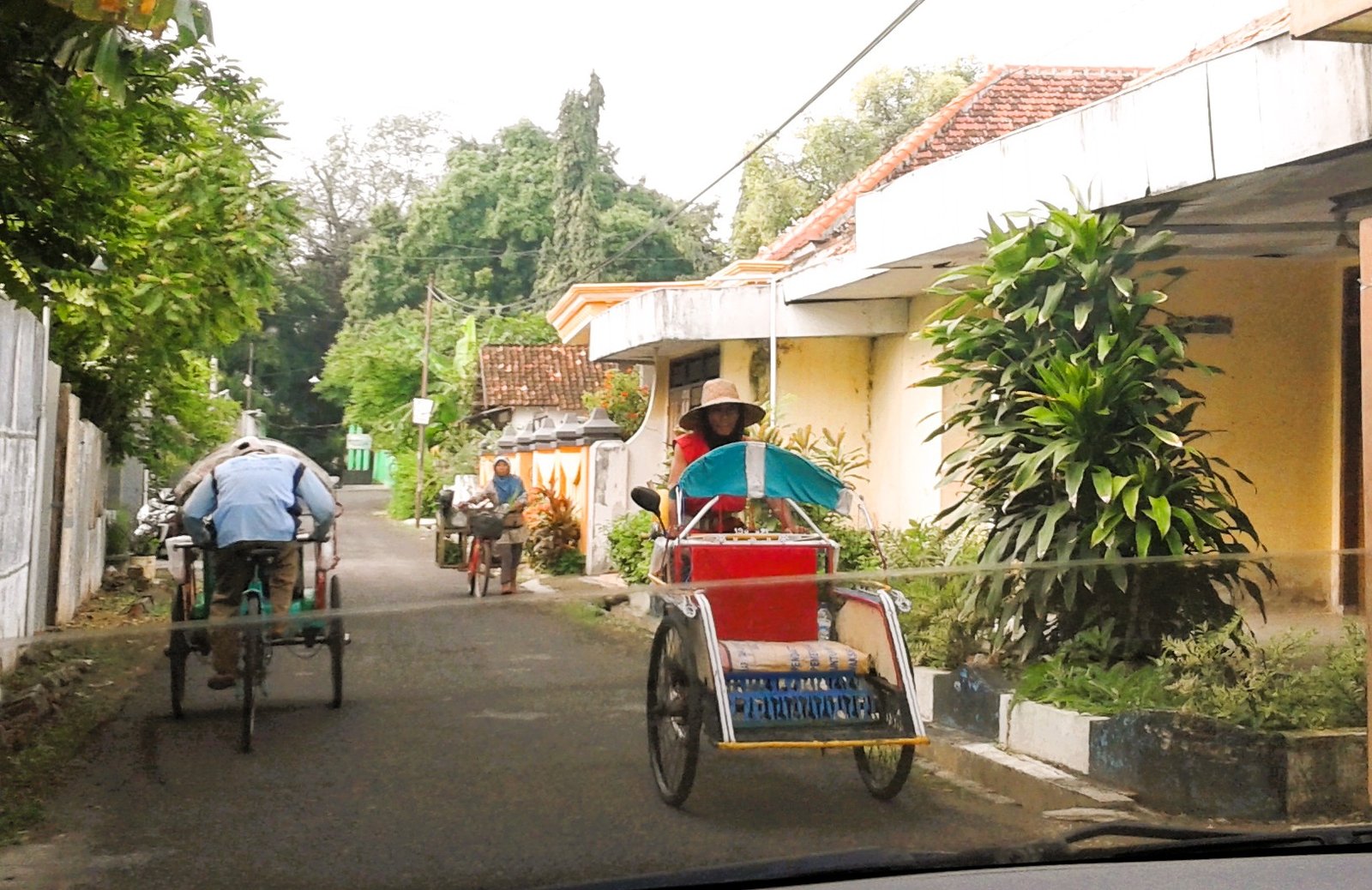
In the following years, I visited many Southeast Asian countries. I saw various rickshaws, but I never again used their services. All of them were cyclo types, driven by pedaling. In some small towns in Indonesia, these vehicles are the only available taxis. Everyday life seems impossible without the numerous rickshaw fleets swarming in the markets, near the shopping centers, and harbors. These rickshaws, cyclos, or trishaws are not just a means of affordable transport but a symbol of the local culture and a testament to the resilience and adaptability of the people who use them.
